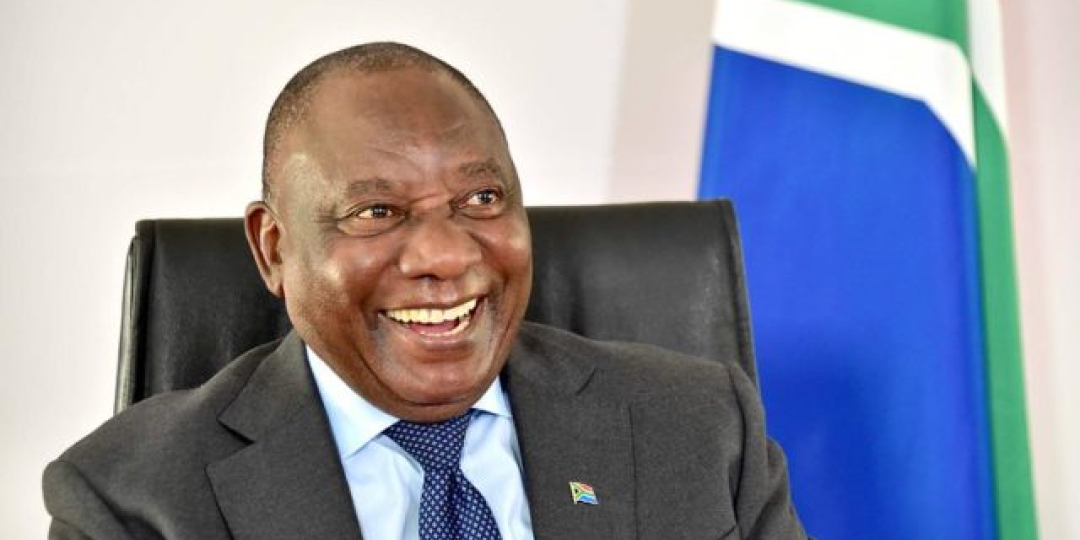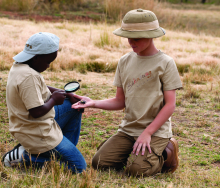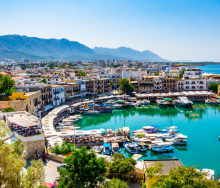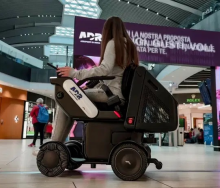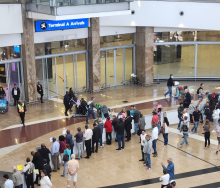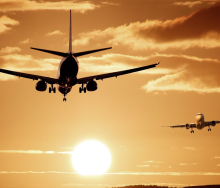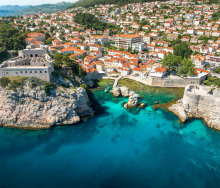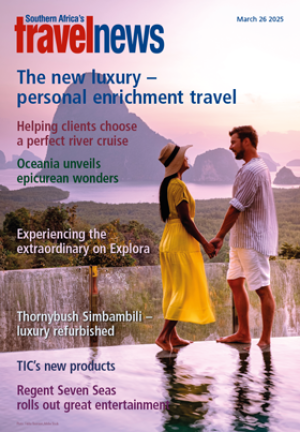Industry leaders have stated that they are encouraged by President Cyril Ramaphosa’s acknowledgement of the tourism sector’s economic value, but have cautioned that there is still much that needs to be done to increase South Africa’s competitiveness as a destination.
In his weekly newsletter on Monday, May 22, Ramaphosa said the industry was making a “strong and sustained comeback”, pointing to a 150% increase in arrivals between 2021 and 2022, and a 200% increase in the first quarter of this year, compared with the same period last year. The 2,1 million arrivals in Q1 2023 is already almost level with the 2,3 million arrivals recorded for the entire 2021.
“Although tourist arrivals are not yet at pre-pandemic levels, the latest figures show that a significant and rapid recovery is under way. This is taking place in the midst of heightened political and economic uncertainty across the world and particular challenges, especially around electricity supply, here at home,” Ramaphosa said.
He added that tourists had spent more than R25 billion in South Africa in Q1 2023, saying: “This is a valuable stream of foreign exchange, sustaining and creating jobs and enabling further investment in our tourism infrastructure.”
FEDHASA Chairperson Rosemary Anderson agreed with Ramaphosa’s summation of a strong recovery for the sector, but the numbers had to be taken in context.
“We must realistically measure recovery against pre-COVID data, ensuring that we clearly understand what needs to be done to move the sector forward. In 2022 South Africa recovered to approximately 52% of pre-COVID levels and we must identify why African competitors have recovered at a faster pace,” said Anderson.
Arrivals for the first quarter of 2023 have improved markedly in comparison with 2022. On the back of a strong high season, the latest Tourism and Migration report from Stats SA shows that overall arrivals to the country in March totalled 658 704, or 78,5% of the 838 696 arrivals recorded in March 2019.
Missing out
Despite these encouraging figures, SATSA CEO David Frost said the country was missing out on opportunities to capture lucrative source markets.
“We are falling behind in attracting key source markets such as India and China, which have the potential to swiftly catapult South Africa's recovery to pre-COVID levels. Our product is superior when compared to our competitors and we must capitalise on every opportunity available to solidify South Africa as a destination of choice,” said Frost.
Visa reforms
Ramaphosa said that, given the importance of growing tourism to South Africa’s economy, government was determined to forge ahead with immigration reform to improve the destination’s competitiveness.
“There are obviously linkages between tourists visiting a country and potential future trade and investment. Last week, the Department of Home Affairs published its visa reform implementation plan, which will help to further boost tourism and attract investment,” he said.
Ramaphosa reiterated that the e-visa system was being expanded from 14 countries to include an additional 20 countries. However, the deficiencies in implementing the system, even in the countries where it is currently in place, have long been a source of frustration for the industry.
“SATSA is encouraged to see that President Ramaphosa has touched on current challenges such as the e-visa system, which has to function properly so that the application process is seamless and easy to navigate,” said Frost.
‘Get the basics right’
Frost added that government had to get the basics right, and could not afford to lose momentum in fostering private- public-sector partnerships and taking action to address governance issues.
“We are on the right track and the appointment of Tourism Minister Patricia de Lille has been extremely positive for the sector, with swift and decisive action being taken in a short amount of time, such as the appointment of the interim South African Tourism Board, which bodes well for the industry,” said Frost, also calling for a resolution to the longstanding backlog of tourist operator transport licences at the National Public Transport Regulator.
“Solutions to the energy crisis, an optimal e-visa system, safety and security, and a reliable water supply will propel the industry forward, resulting in job creation, which is a key enabler for economic growth,” said Anderson.

